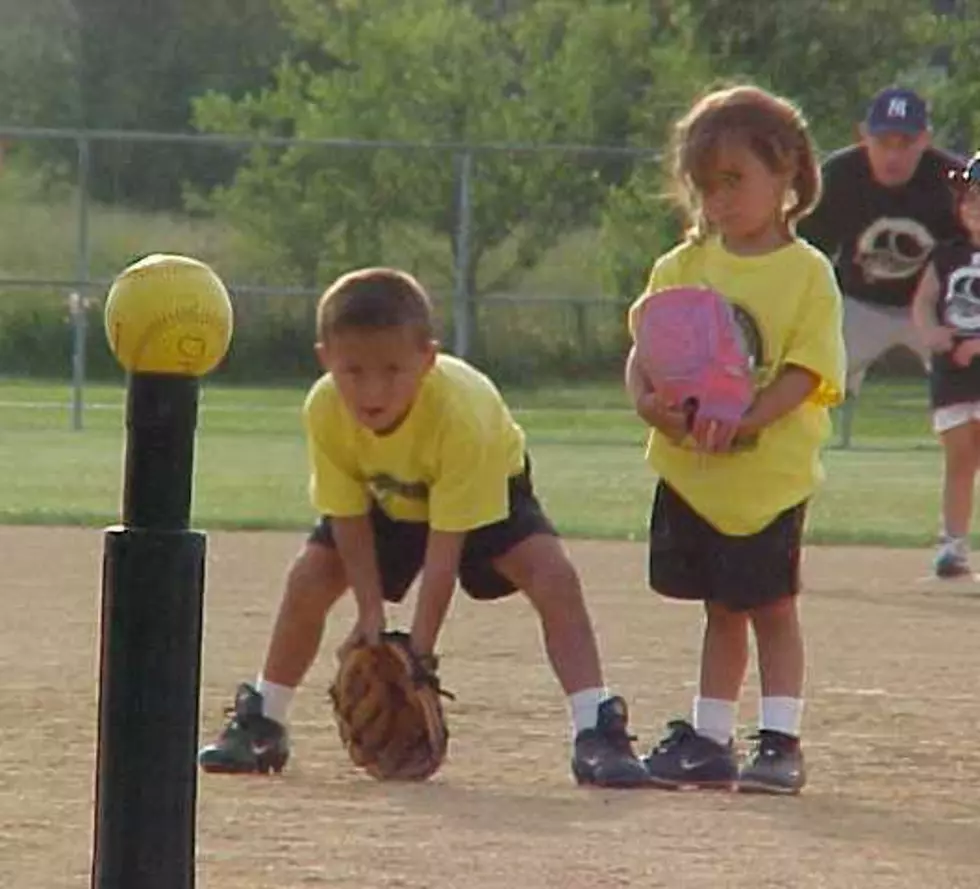
Daviess County Emergency Management Warns of Flooding Early Next Week
With all the snow we've endured over the last week--upwards of a foot of the stuff in some places--there's a good possibility of some minor flooding when the rain comes Monday.
Yes, I think we are all looking forward to rising temperatures. We expect to be well into the 50s come Sunday and Monday, but rain IS in the forecast.
All this snow plus that rain prompted Daviess County Emergency Management Agency Director Andy Ball to send us some tips on how to help alleviate any flooding as a result of the snow melt/rain combo:
1. Clear snow/debris from all street drains (clogged street drains mean flooded roads, yards, and sometimes structures). Doing this one task can mitigate quite a bit of street flooding.
2. Residents are reminded that flood prevention in their homes and yards is their responsibility, and that steps can be taken now to reduce the risk of a snowmelt flood in their area. If the snow melts quickly, some homes may be at risk of flooding even if they’ve never flooded before.
3. Some flood prevention involves snow shoveling which is heavy work. Those with health concerns should get help from friends, family, neighbors, or professionals.
4. Remove snow from around your home’s foundation and window wells.
5. Most lots drain along the outside edges. Remove snow from these areas to allow water to drain naturally.
6. Keep the snow in your yard because shoveling it on to streets or lanes could block drainage.
7. Clear snow and ice from around the bottom of your downspouts and extend downspouts at least a few feet so water drains away from your foundation.
8. Check your roof and eaves troughs for excessive snow.
9. Consider hiring a professional to clear snow from your roof. Never stand on a roof covered in ice or snow. Here’s how NOT to remove snow from a roof: https://www.youtube.com/watch?v=FgF9102pcOM Follow these guidelines from OSHA if you plan to remove the snow from your roof yourself: https://www.osha.gov/Publications/OSHA-3513roof-snow-hazard.pdf
10.A roof rake may help you to clear snow and debris from the edge of your roof.
11.Consider using sandbags to block water from entering low lying areas beside your foundation.
12.If water is getting close to your foundation, use an appropriate pump to drain it to the gutter or back lane.
13.Please use all equipment properly and follow safety guidelines.
14.Never drive past “Road Closed” barricades. TURN AROUND, DON’T DROWN!!! Do you know how deep the water is? Do you know if the road has been washed out? Remember, vehicles can be as buoyant as boats. Watch this short video to see how fast a road can be washed out: https://www.youtube.com/watch?v=JamhlDxH77k. That's some scary stuff.
15.Excessive speeds on roads with water causes waves which can push water into homes. Lower your speeds in neighborhoods even with just a small amount of water.
16.Icicles pose serious danger when temperatures rise as they loosen/melt and fall. Clear all icicles early to prevent injury.
17.Cars can be swept away in just 18-24 inches of water, and as little as 6 inches of moving water can sweep you off your feet.
18.Be especially cautious at night when it is harder to recognize flood dangers.
19.Many ditches/culverts in Owensboro/Daviess County fill up quickly and cannot handle the excessive water, causing rushing waters over roadways in a matter of minutes. Drive cautiously in these areas and be prepared to take alternate routes.
More From WOMI-AM


![Owensboro Museum of Science and History Live Penguin Shows! [VIDEO]](http://townsquare.media/site/76/files/2018/01/Penguin.jpg?w=980&q=75)






